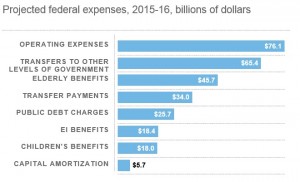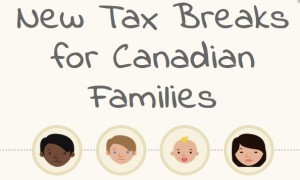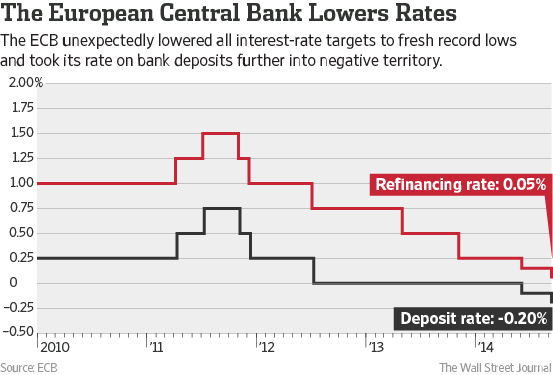
As we enter into 2016, global capital markets have been volatile, continuing the challenging conditions that characterized much of last year. Although the global economy is still slowly growing, many bond and equity markets are being affected by a combination of factors, including several sharp sell-offs in the Chinese stock market, sinking commodity prices, soft economic data and uncertainty surrounding the U.S. Federal Reserve’s decision to raise interest rates for the first time since the financial crisis.
In 2015, the unstable conditions led to mixed results for equity markets. The MSCI World Index registered a modest 0.3% loss for 2015 in U.S. dollar terms, including dividends. The Canadian dollar’s weakness against the U.S. dollar and other global currencies, however, resulted in a gain of 18.9% for the index in Canadian dollar terms. This performance reflects stronger results for markets in the U.S. and Japan and mixed results in Europe and other Asian countries. Similarly, the benchmark S&P 500 Index in the U.S. added 1.0% (including dividends) in U.S. currency, a return that was magnified to 20.5% when expressed in Canadian dollars. The well-diversified U.S. market continues to benefit from the country’s economic recovery, with improving housing and employment data underpinning business confidence.
Canada’s commodity-heavy S&P/TSX Composite Index, meanwhile, was once again weighed down in 2015 by weakening prices for oil, metals and other commodities and lagged most other developed markets. As the price of oil fell toward US$35 per barrel, the benchmark index headed lower to finish the year with a total return of -8.3%. Equity index results for the commodity-sensitive emerging markets and Latin America were also negative.
Given the slow pace of economic activity in most parts of the world, most central banks are keeping monetary policy highly accommodative to growth.The U.S. Federal Reserve’s announcement on December 16 that it would raise short-term interest rates by 0.25%, however, was an important acknowledgement that the U.S. economy has substantially recovered from the financial crisis of 2008. Nevertheless, government bond yields remained muted and the FTSE TMX Canada Universe Bond Index, a measure of government and investment-grade corporate bonds, added 1.1% in the fourth quarter of 2015 for a gain of 3.5% for the year. The U.S. high-yield bond market experienced a stronger reaction to market conditions, losing 4.6% in 2015 in U.S. dollars.
Looking ahead, there are many reasons to be both cautious and optimistic about the strength of the global economy and the direction of capital markets. Two of the world’s largest economies, the U.S. and China, continue to expand and inflation remains low in most economies. The Fed has reassured investors that further rate increases will occur gradually, to avoid stalling the global economy’s muted growth. Elsewhere, central banks in Europe, China and Japan and Canada have taken steps to keep interest rates low and to stimulate their economies. While the fundamental economic conditions remain supportive for many global businesses, some experts warn that these divergent policies are likely to result in further volatility for investment markets over the coming months.
Although the headlines about volatile markets can be unsettling, it is important to keep the big picture in mind. Equity markets, in particular, are often subject to temporary ups and downs, but over the longer term, the general direction has been up. I continue to believe that a well-diversified portfolio that reflects your financial goals and tolerance for risk can help to smooth those peaks and valleys, as well as provide an excellent opportunity for building wealth over time.

 Finance Minister Joe Oliver delivered his first Federal budget on April 21st, 2015.
Finance Minister Joe Oliver delivered his first Federal budget on April 21st, 2015.






